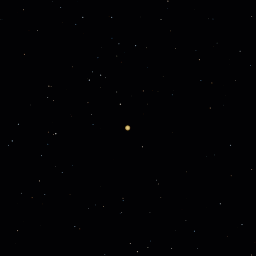The Fate of the Sun
Someday, the hydrogen in the Sun will run out. A long time from now. Our
star will
puff up. It will eat some planets. Even the Earth!
The Sun is small compared to some stars. Later it will blow away the
outside parts. Then we will see a white dwarf.
Most stars end as white dwarfs. We look at stars that have already
changed. This tells us about our Sun.
You might also be interested in:
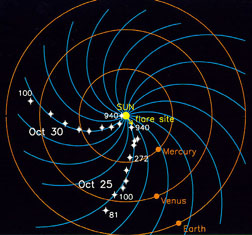
The Sun acts like it has a big magnet in the middle of it. We call this the Sun's magnetic field. The Sun's magnetic field has a fancier name, the Interplanetary Magnetic Field (IMF). This just means that
...more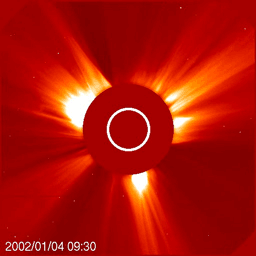
Have you ever seen an explosion before? Maybe you've seen a volcano explode on t.v. Or maybe you've seen a potato explode in the microwave because your mom forgot to poke holes in it. Well, explosions
...more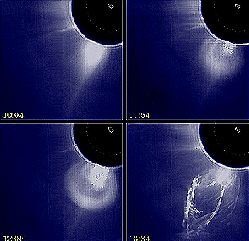
The Sun is not a quiet place, but one that exhibits sudden releases of energy. One of the most frequently observed events are solar flares: sudden, localized, transient increases in brightness that occur
...more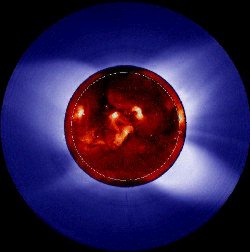
The visible solar atmosphere consists of three regions: the photosphere, the chromosphere, and the solar corona. Most of the visible (white) light comes from the photosphere, this is the part of the Sun
...more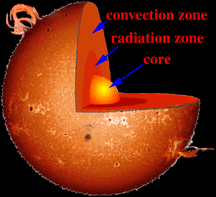
To understand how our Sun works, it helps to imagine that the inside of the Sun is made up of different layers, one inside the other. The center of the Sun is called the core. It is the region where the
...more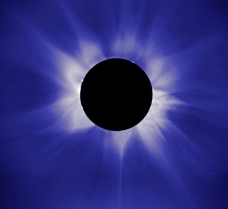
Scientists at the High Altitude Observatory (HAO) try to learn about the changes we see in the Sun over time. They also study how it affects the atmosphere of the Earth. There are four main areas of study
...more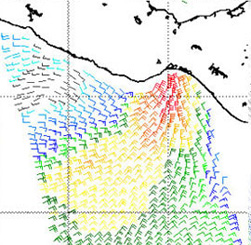
The Sun affects many things on Earth. One of the main things the Sun does is warm our planet, including the atmosphere. This energy drives much of Earth's weather. The solar cycle is the rise and fall
...more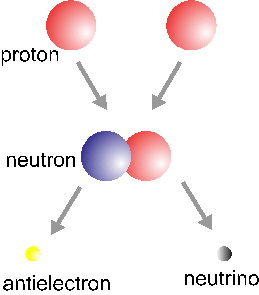
In the basic Hydrogen fusion cycle, four Hydrogen nuclei come together to make a Helium nucleus. This is the simple version of the story. There are actually electrons, neutrinos and photons involved in
...more
